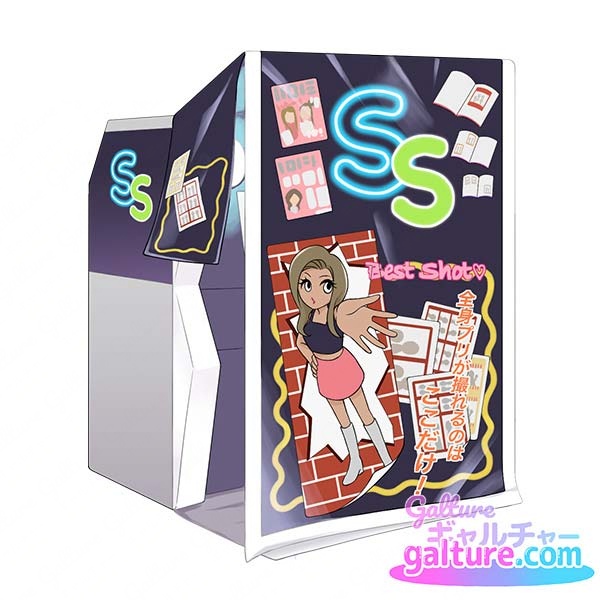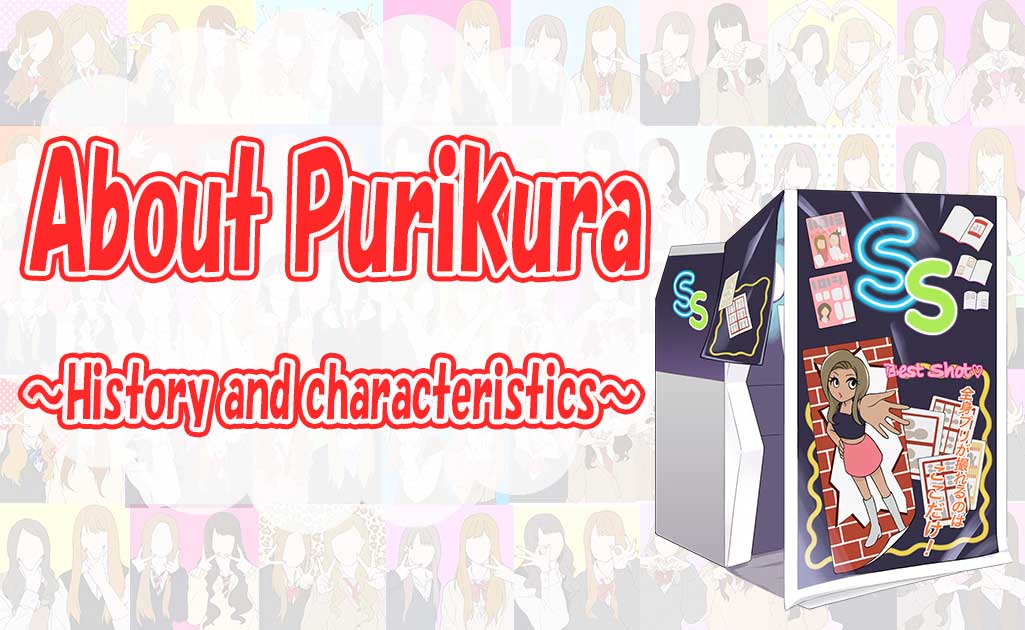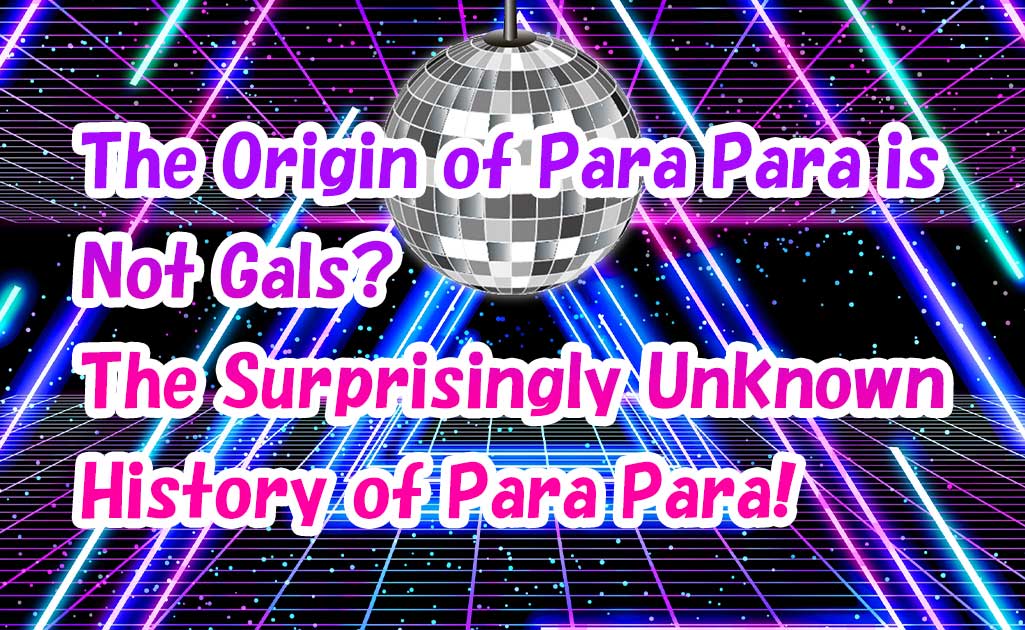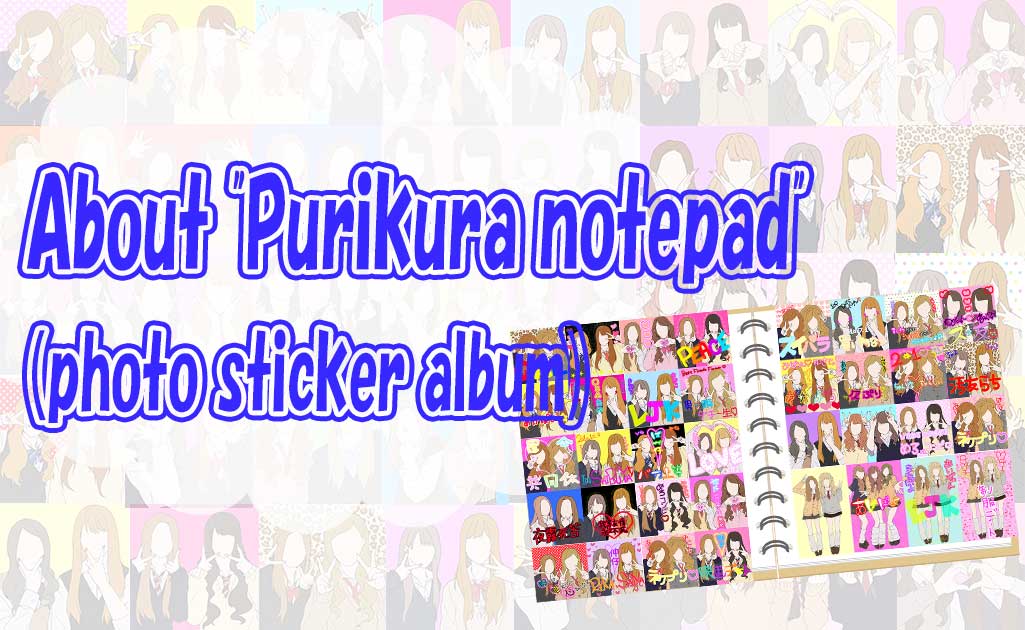In those days, Purikura had frames that looked like face-on billboards, and frames that made you feel like you were taking a photo with a celebrity!
Purikura is said to be the root of the selfie culture and became hugely popular among teenagers, especially Gals and high school girls, during the Heisei era.
There have been a wide variety of Purikura machines introduced, and popular models often had long lines waiting to use them!
For Heisei era Gals and high school girls, Purikura was an indispensable part of their lives. It was common to take Purikura photos 2-3 times a day when hanging out with friends or a boyfriend!
In this article, we will introduce the history of Purikura and the features of the sticker photo machines from different eras!
What is Purikura?
"Purikura" is short for "Print Club", which refers to a machine that takes photos with a built-in camera and prints them as stickers.
"Purikura" and "Print Club" are registered trademarks of SEGA Corporation. Therefore, the general term should be "Print Seal Machine" or "Print Seal", "Photo Sticker Machine."
However, the term "Purikura" is commonly used to collectively describe print seal machines from various manufacturers.
History of purikura
The History of Purikura and Its Rise to Popularity
The birth of Purikura dates back to July 1995.
It was jointly developed by "Atlas Co., Ltd." and "SEGA Enterprises Co., Ltd.", which are group companies of SEGA Sammy Holdings, and has been released.
It started a boom after 1996, but the reputation when it was first released was not so good.
it was placed in game centers, which at that time primarily attracted male patrons, this is said to be because the customer base was mainly male.
The turning point for Purikura came when it was featured on a TV show with the members of the pop group SMAP.
In 1996, the TV Tokyo show "I Love SMAP!" featured the SMAP members using Purikura in a giveaway segment, which led to an explosion in its popularity.
Following this, various game manufacturers like "namco" and "Furyu" started producing their versions of Purikura machines.
Characteristics of Purikura by era
1995 - The Birth of the Original "Print Club" Purikura!
In July 1995, the first-ever sticker photo machine, "Print Club," was released.
This was followed by the release of "Print Club 2" and "Super Purikura 21."
The appearance of these early machines was quite different from the modern box-type design, they simply had a curtain at the back.
The operation was straightforward: users selected their preferred frame using buttons and took a photo.
There was no doodling feature, and each session cost 300 yen, printing 16 horizontal photos on one sheet of stickers.
Due to the high position of the camera, which only captured the upper body, some users would stand on a platform to take their photos.

1997 - Arrival of "NEO Print" and "Street Snap"!

As the popularity of Purikura heated up, various companies began releasing their own Purikura photo machines.
In 1997, SNK Corporation released a model called "NEO Print," which offered different shooting modes like sepia, monochrome, and color.
Around the same time, "Street Snap," developed jointly by Towa Japan and Hitachi Software Engineering, was released. This model was significant as it allowed for the first time the capturing of full-body shots, which garnered a huge response.
With the Purikura boom, machines with similar capabilities to Purikura, like the "Puri-Phone Card," which allowed users to create telephone cards with their photos, also appeared.
There were even machines that could create personalized calendars, stamps, business cards, and T-shirts.

2003 - The High-Quality, Beautifying Purikura "Kachou Fuugetsu" Makes Its Debut!
In the early 2000s, Purikura machines released during this period featured significantly improved image quality, further boosting their popularity.
A notable example is "Kachou Fuugetsu," released in July 2003 by Namco Ltd.
This machine was equipped with a high-quality camera and advanced lighting technology to achieve a beautifying skin effect.
It also had seven types of automatic curtains installed and the background could be changed to match the theme.
By this time, the doodling function had evolved significantly. The "Kachou Fuugetsu" machine offered over 2000 different doodling tools, and it was even possible for two people to doodle simultaneously.
The emphasis on doodling grew among users, making it an indispensable part of the Purikura experience.
"Kachou Fuugetsu" was the beginning of purikura, which had lighting that highlighted the beauty and abundant graffiti functions.
Due to its popularity, the machine was developed into a series, extending to its third iteration.
2006 - Introduction of Purikura with DSLR Cameras! The Importance of Image Models!
In 2006, Furyu Corporation released "Hime to Koakuma", which featured a DSLR camera.
This model was equipped with a single-lens reflex camera and became popular because it took good and beautiful pictures.
In the 2000s, the popularity shifted from Kuro-Gals to Shiro-Gals, and many Purikura machines focused on features like "skin whitening" and "beautiful skin."
However, this model allowed users to choose their skin tone, enabling even Kuro-Gals to maintain their skin tone while still achieving a "beautiful tan" and "beautiful skin" look.
The popularity of this model led to its development into a fourth series, a key factor in its success was the use of the "advertising model".
This machine featured "popular Gal models" from the Popteen magazine, like "Tsu-chan" (Tsubasa Masuwaka), "Junpo" (Jun Komori), and "Maimai" (Maiko Hashino), who were charismatic figures at the time.
The choice of Purikura machines was greatly influenced by who the advertising model was, with machines featuring popular Gal models being more favorably received by the Gals.
During this era, the "Hime-Gals" trend was prominent, leading to the release of many machines with "Hime(princess)" themes like "Hime-gumi" and "Hime-ryu."

2007 - The Arrival of Purikura with Eye-Enlarging Features!
In July 2007, Furyu Corporation released a Purikura machine named "Bijin - Premium -", notable for its eye-enhancing feature.
Equipped with a DSLR camera, this model could capture delicate lashes clearly and was able to enlarge the vertical and horizontal dimensions of the eyes.
This feature offered the "big eye" effect, which was impossible to achieve with the selfie cameras of mobile phones at the time.
The release coincided with the growing trend of "big-eye makeup" among young people, quickly garnering attention.
The "Bijin - Premium -" series was popular enough to extend to a fourth iteration, reflecting its high demand at the time.
Following this model, a series of Purikura machines with eye-enlarging effects were released, creating the notion that "Purikura equals big eyes."
This concept has remained popular to this day, with the eye-enlarging feature being a standard in Purikura machines.
Besides "Bijin - Premium -," there were many machines with "Bi(beauty)" in their names, like "Bizoku," "Bisei," and "Biteki Kukan".
There was a time when many purikura names had "Hime" or "Bi" in them!

2009 - Introduction of Purikura Machines with Bonus Gifts!
In November 2009, Meik Softwear released "Bijo cosme", a Purikura machine that became popular among teens for its unique offering: a pair of false eyelashes as a bonus with each photo session.
This sparked a trend among other manufacturers to introduce machines that also provided bonus items. These bonuses ranged from false eyelashes to sets of cotton swabs and cotton pads.
The value of getting cosmetics for 400 yen per play is a selling point that other puri machines don't have.
Some enthusiasts even collected bonus false eyelashes!
Around this time, photo booth machines evolved to capture not only the face but also the legs, making it possible to take surprisingly beautiful full-body shots that make the legs look long and beautiful.✨
This feature was particularly useful for those who shared their "Outfit of the Day" on blogs, as it helped to create an impression of a more stylish figure.

2011 - It was a time when not only the face but also the feet could be photographed beautifully!
Around 2011, Purikura machines capable of making legs appear thinner and longer, enhancing the overall body style, were introduced.
Typical examples include Make Software Co., Ltd.'s photo booth machines "Oshare Bambina" and "Mi-ha- Joshi."
During the 2010s, blogging was extremely popular among teenagers and those in their twenties. "Today's Outfit" was a popular theme on blogs, and some people used full-body Purikura (Purikura that captures the whole body) images for these blog posts.
Naturally, if you're showcasing your outfit, you'd want to look your best!
These machines catered to girls' wishes with features that made the face look smaller and the legs look longer, creating an ideal figure,They captivated many young women.
With "Mi-ha- Joshi," users could create stylish, blog-worthy "Oshare(fashion) collage" Purikura prints of their full-body shots.
Purikura images were a very popular topic on blogs, attracting a lot of reader interest, which is why many bloggers seemed to prefer using these particular machines for their posts.

2014 - From “exaggerating” to “adjust”!
In 2014, the concept of "exaggerating" in Purikura was shifted to "adjust," establishing a new standard.
A function that focuses on enhancing your natural self to the ideal "beautiful face balance" without significantly changing your appearance.
This new standard was introduced by Bandai Namco Games Inc. in the summer of 2014 with the release of "PLATINUM BALANCE."
This Purikura machine intentionally omitted the traditional doodling booth, instead featuring two photo booths.
The addition of a second booth significantly reduced waiting times.
Moreover, doodling could now be done using a dedicated app, allowing users to doodle for free, at any time and from anywhere.
Another significant feature was the option to choose between two pricing tiers: a 400 yen course and a 200 yen course.
The 200 yen course allowed users to download the Purikura images without printing them as stickers.
This was particularly popular among those who preferred digital images over physical stickers and those who wanted to enjoy Purikura while being budget-conscious.
2020 - Reiwa Era Purikura with Video Recording!
In October 2020, SEGA Co., Ltd. released the photo booth machine "fiz" for the first time in about 20 years.
This latest machine introduced the capability to record 3-second videos, in addition to taking still photos.
Furthermore, "fiz" featured an innovative function not previously seen in sticker photo machines: using a dedicated app, users could create "AR Purikura," where the images on the stickers appeared to move.
In June 2021, the sequel "fiz2" was released.
Like its predecessor, "fiz2" also included the 3-second video feature, known as "Moment." Each play provided users with up to 12 pieces of content, combining Purikura and Moments, offering a generous amount of data.
This innovation introduced a new concept in the world of Purikura: the ability to record videos.
Did you know there are also Purikura machines that allow you to record the photo-taking process with your smartphone?
These machines have a "movie spot" corner next to the built-in camera where you can place your smartphone and take videos.
Models like "Neko to Kanojo", "Melulu3," and "Tokimekiru-ru" offer this feature. Let's Try!



